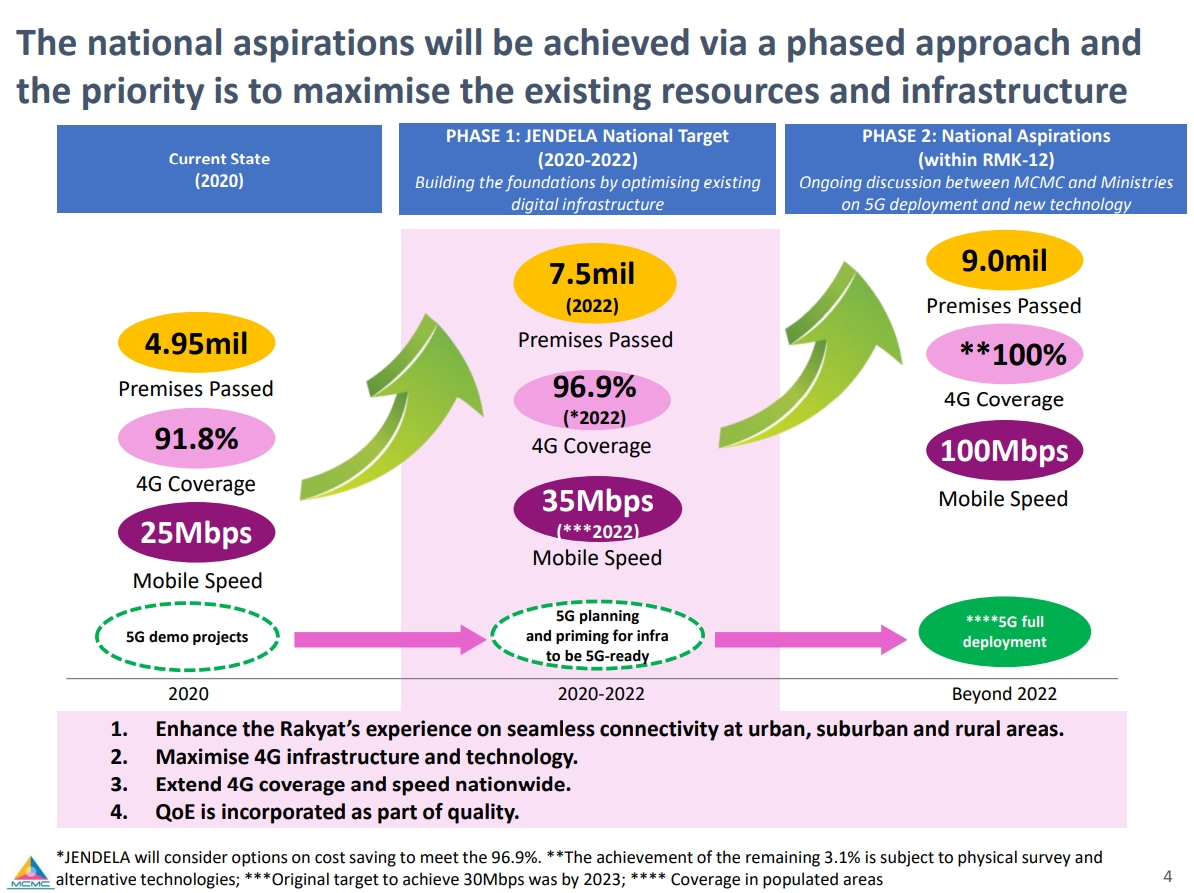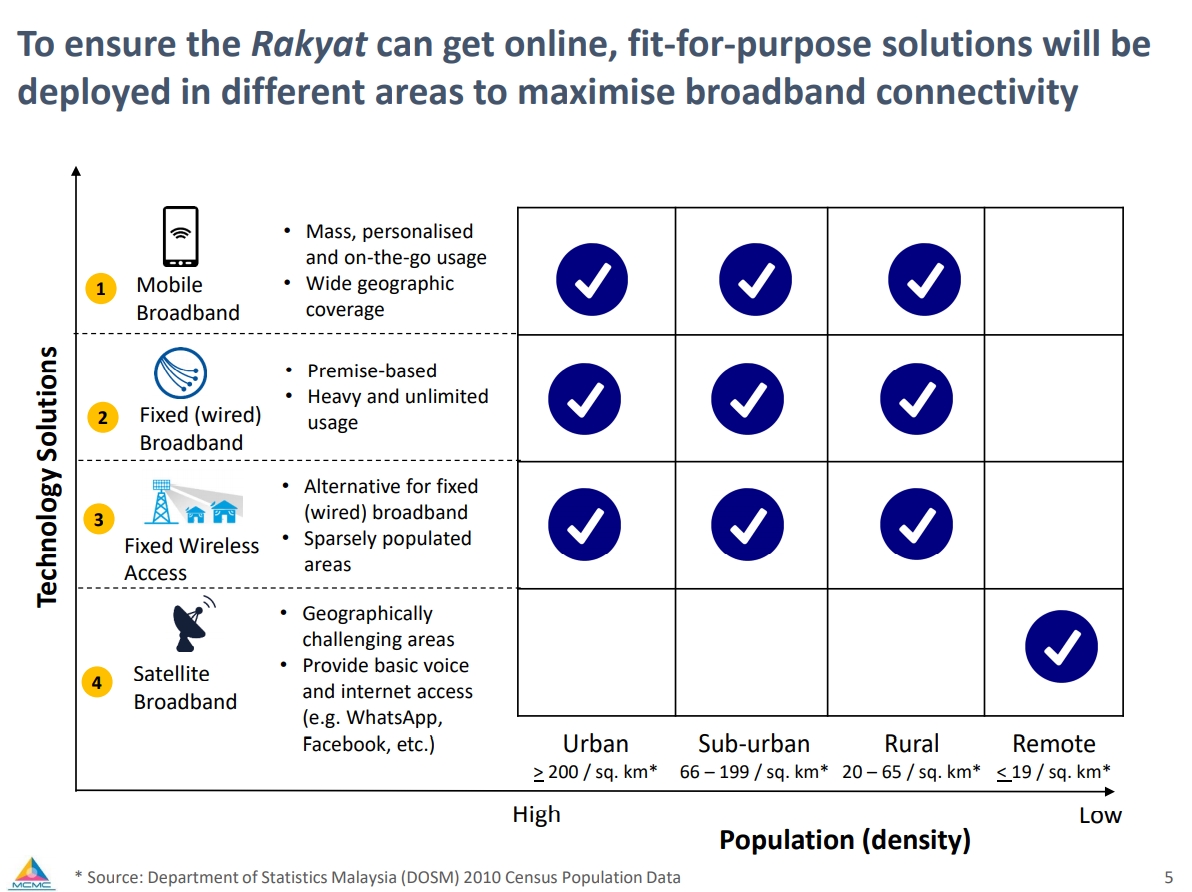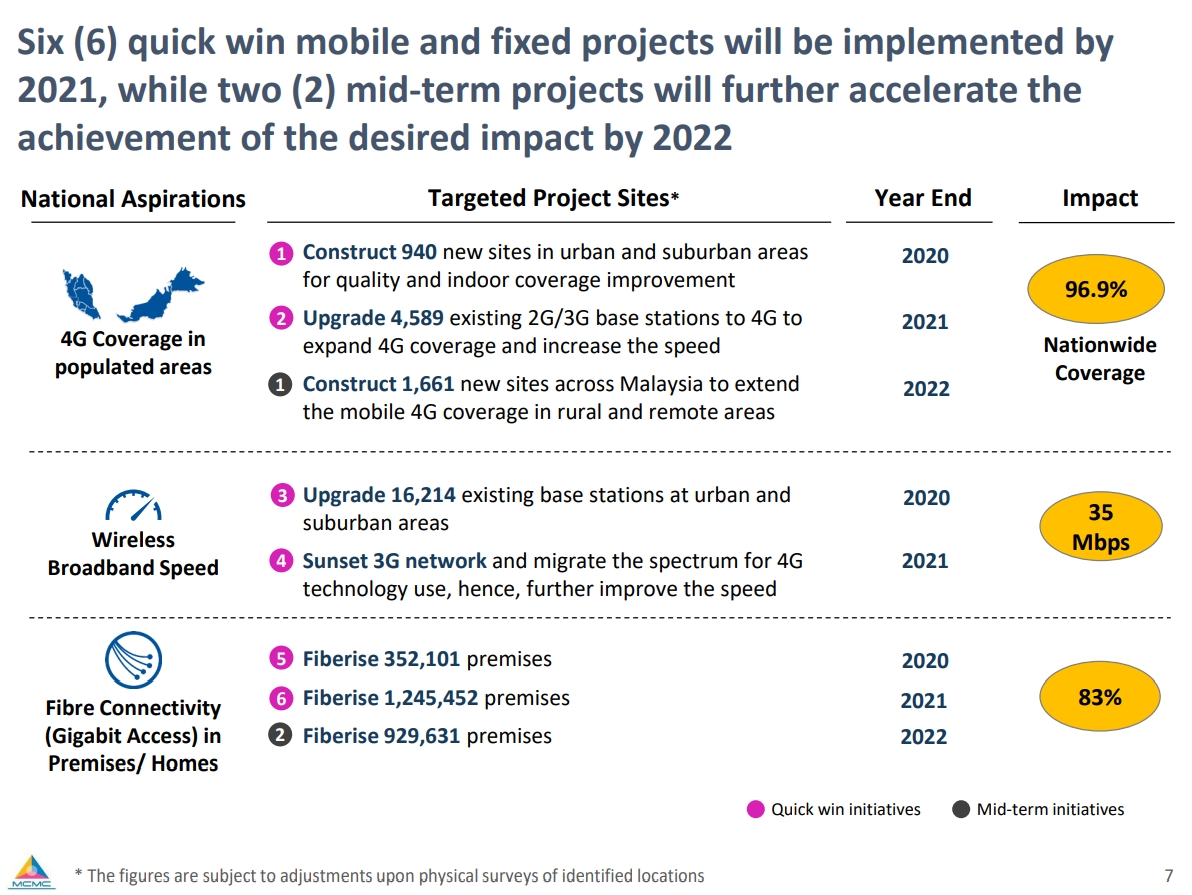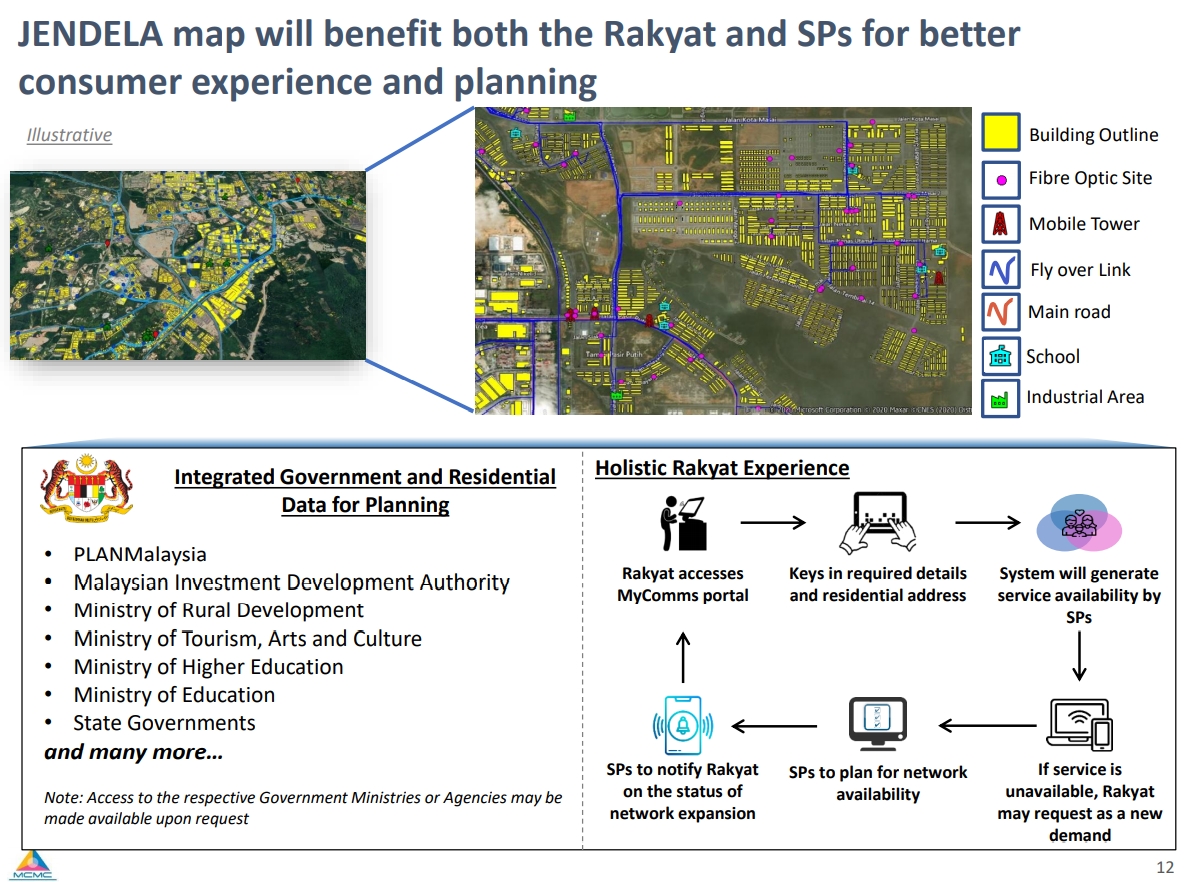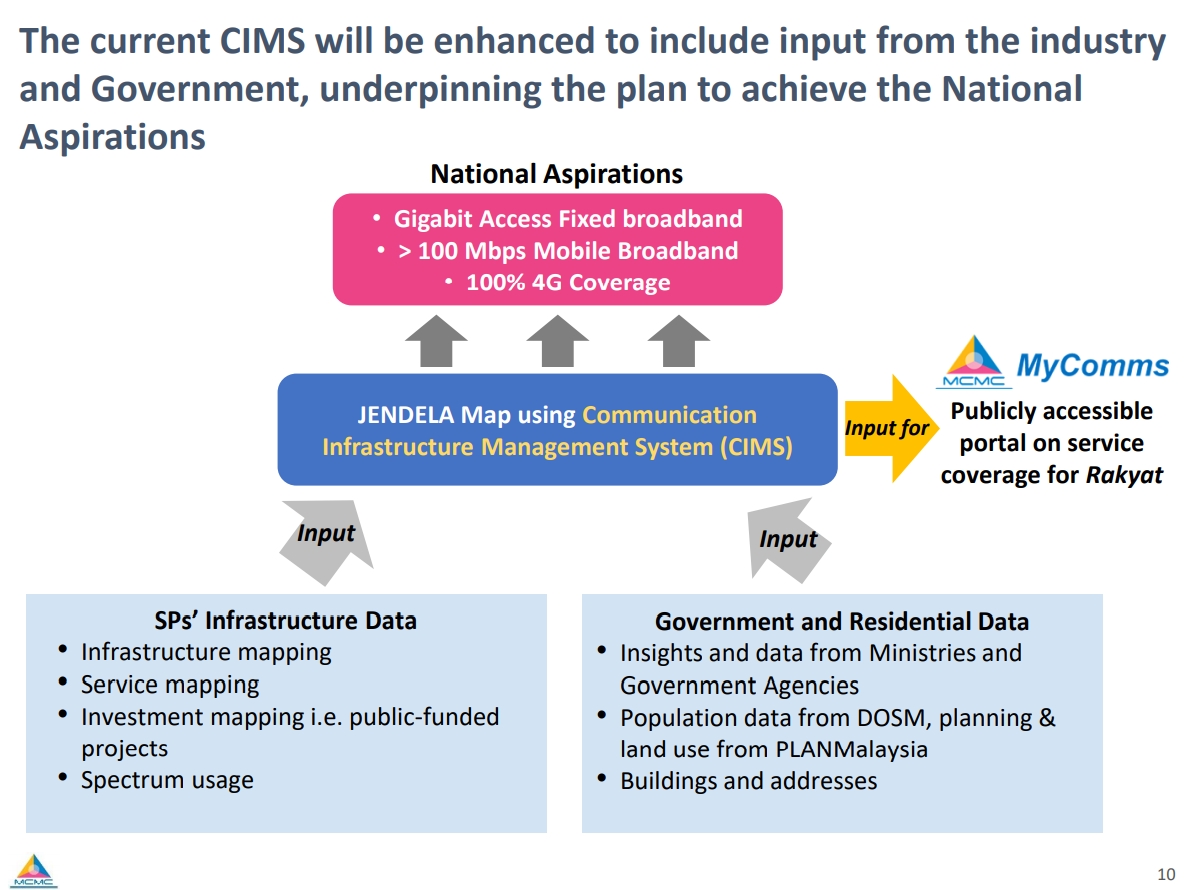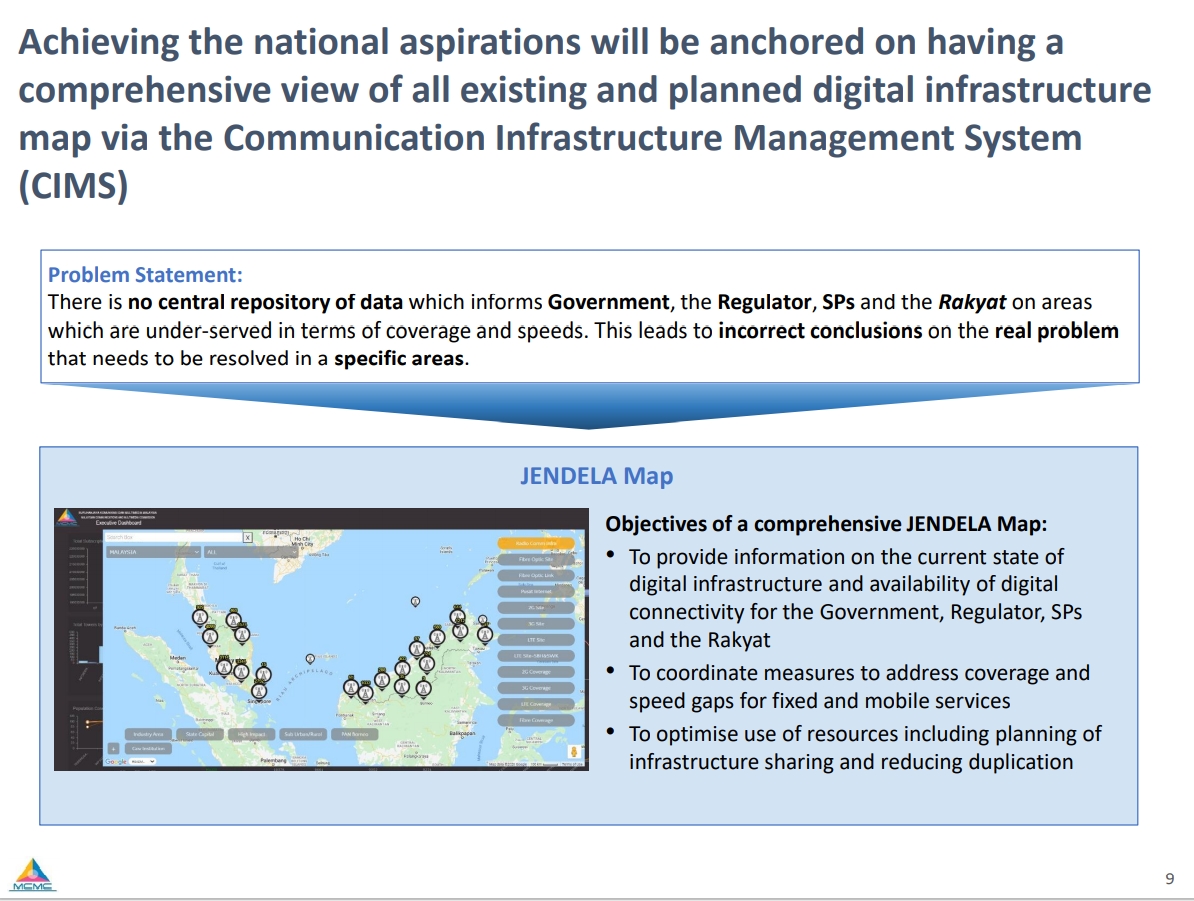Once a forerunner in the 5G race, Malaysia’s roll out for the next generation mobile technology has been delayed after the change in administration. The initial plan of rolling out 5G services by Q3 2020 has been put on the back burner as the new government has shifted its focus on strengthening existing 4G networks under the JENDELA plan.
Minister of Communications and Multimedia, Datuk Saifuddin Abdullah had told Parliament yesterday that 5G deployment in Malaysia will take place towards the end of 2022 or early 2023 after achieving specific connectivity targets. The rollout will be dependent on the readiness of our communications infrastructure.
He said there’s no point of having 5G in selected areas when rural areas are still struggling to get 4G. Other factors to be considered include adoption by users, regulation, charges to consumers and ways to minimise the digital divide. He added that other things to consider is the readiness of the industry as the 70% of 5G usage will come from industries while the remaining 30% are from consumers.
The Minister emphasised that an orderly and well-planned roll out of 5G is more important than following the marketing hype by 5G vendors with a rushed deployment. Under the JENDELA plan, the government aims to increase 4G population coverage from 91.8% to 96.9% in phase 1 while increasing fixed broadband speeds from 25Mbps to 35Mbps. In addition, Malaysia also aims to increase the number of premises with gigabit connectivity to 7.5 million.
The JENDELA plan is described as a revamp of the NFCP and it continues to prioritise existing projects which include erecting and upgrading of mobile towers in rural areas especially in East Malaysia. Telcos will have to improve their existing 4G coverage through fiberisation of towers and to optimise the use of spectrum. Malaysia also aims to shutdown 3G by end of 2021 to free up more spectrum for 4G use.
To address areas with poor connectivity, a JENDELA map will be introduced to provide a comprehensive view of the current digital infrastructure. The map which is accessible by the public will provide an overview of all services available for their area. If a broadband service is not available, a request can be submitted and it will be forwarded to telcos for further planning and action.
In terms of 5G devices, most smartphones launched this year including the new iPhone 12 come with 5G support. Eventually, we should be seeing more 5G phones trickling into the market as 5G chipsets are now being offered at lower price points.
The delay of 5G in Malaysia could impact local industries as it is seen as an enabler for IR4.0. 5G’s capacity to support more devices with low latency can unlock new opportunities and applications for manufacturing, agriculture, smart living, education, healthcare and more.
Despite the COVID-19 pandemic, Thailand is the first ASEAN country to roll out 5G this year. This is followed by Singapore several months later. If you want to experience 5G in Malaysia, the only option right now is to try out U Mobile’s 5G consumer live test network at Berjaya Times Square.


